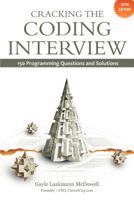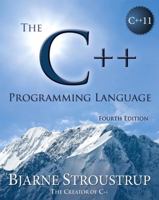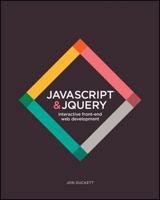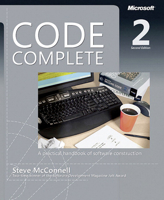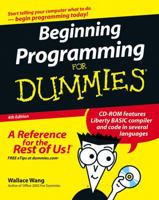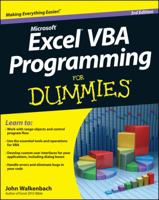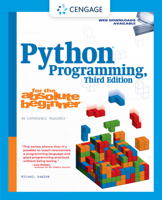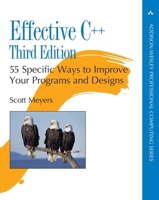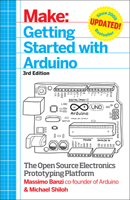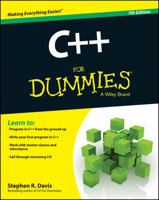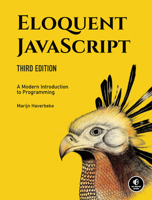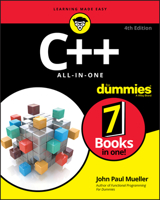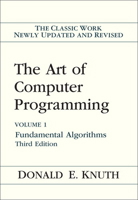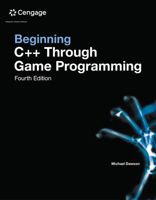Fundamentals of Embedded Software: Where C and Assembly Meet
Select Format
Select Condition 
You Might Also Enjoy
Book Overview
Customer Reviews
Rated 5 starsA very good book
I love this book because:1- Very effective description on how to use C to interface to the Hardware environment that an embedded programmer has to deal with everday. Most of the book on C somehow just gloss over this area.2- A fundamental introduction to real time OS and its potential problems in an embedded systems. The readers might want to check out the book "An Embedded Software Primer" by David Simon for more detailed...
0Report
Rated 5 starsGreat text for teachers and students.
There are two equally valid approaches to the art of "embedded systems programming", top down and bottom up. Those who choose to use the top down approach will often find themselves at a loss to understand essential items like system initialization and boot loaders. Many developers, who find themselves involved in the realm of embedded systems, have never been exposed to the required low level concepts of instruction architecture,...
0Report
Rated 5 starsIs This Book For You???
As a student in engineering I tend to find books on two extremes, the overly technical, for those who already understand the subject, and those dappled with nice pictures but incomplete in explanation. Both I find very frustrating. Fundamentals of Embedded Software strikes a great balance between these extremes. Although obviously, not meant for first time C programmers, this books includes, in plain English, a *complete*...
0Report
Rated 5 starsThe Devil Is in The Details
For a person who is familiar with programming, there is always a dilemma of about "embedded systems programming". "Where do I start?" and "What do I need to know?" are questions that haunted me. Now, I don't claim that this book, or any other book for that matter, will teach me all I need to know about embedded systems. However, I found this book rich of low level details that one tends to ignore at an abstract level of design...
0Report
Rated 5 starsFor the new embedded programmer
While not for the first-time programmer, this book is great for the first-time embedded programmer. To get the most from this book you should already know the "C" programming language. Then this book will take you "down to the metal", covering details and techniques for embedded programming in the "C" language. Much of the information is specific to the x86/PC architecture, but this is a perfect platform for starting out,...
0Report












